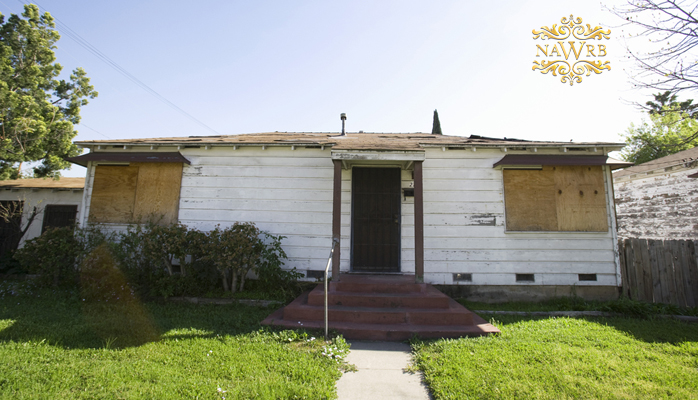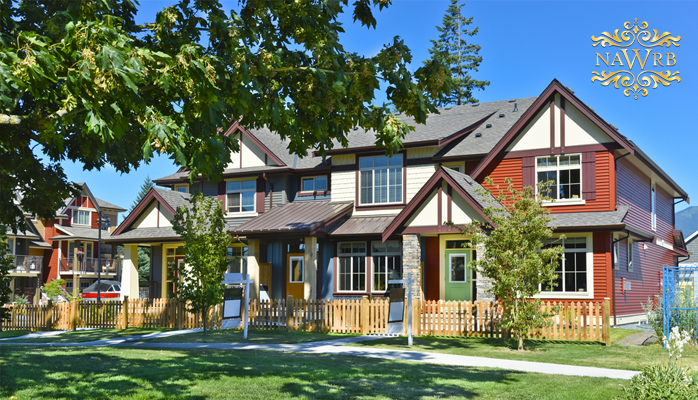The housing market has been turbulent for the past decade, but 2016 has started with a positive trend. According to the Nationwide Economics’ Health of Housing Markets (HoHM) Report, the Leading Index of Healthy Housing Markets (LIHHM) for the third quarter of 2015 was higher than 100, their neutral number, and this typically designates a healthy market. The report also confirms that the Metropolitan Statistical Areas’ (MSA) LIHHM performance has been improving since 2012. Continue reading

Know an Incredible Woman Preserving the
Quality of Life During COVID-19?
Submit your story today!
Read More

Consulting & Branding Opportunities
Grant your business access to insider,
proven knowledge to improve the quality of your procured
services and maximize business performance.

If you need D&I
Contact Us!
A Team Focused on Bring Diversity and Inclusion to Every Level
Learn More

#1 Top Real Estate Influencer
Desiree Patno
Diversity & Inclusion, Quality of Life, Know the Rules of the Game ®
Your Next Event
Grow Your Business
NAWRB: An SBA Resource
NAWRB is listed as a women-owned business resource for the SBA.
Check It Out
NAWRB Aging Population
Help Protect Elders
from Financial Abuse
Over $36.5 billion a year is lost annually in the U.S.
Prevent Financial Abuse

Women's Homeownership:
Dream. Stability. Sanctuary.
Life often presents us
with unplanned disruptions.

AI Technology
with
a Human Touch
Is
The Perfect Balance


NAWRB Women's Global Resource Center
A women’s depository for vendors & clients to grow their diverse spend & increase women’s employment at all levels within the housing ecosystem.

Category Archives: Housing
Will Bank of America’s New Loan Program Boost Homeownership?
The Federal Housing Administration (FHA) offers home loans that allow low down payments, as low as 3.5 percent; these loans however, need to be backed by private mortgage insurance, meaning an additional cost to already overextended homebuyers. Bank of America is set to launch a new program that will let homebuyers make a down payment of 3 percent, without mortgage insurance. Will this program boost homeownership?
Diversity & Inclusion: Effects on Homebuyers
Diversity and Inclusion (D&I) is receiving more attention in the business world, as a greater number of companies are increasing their efforts to include women and minorities in their workforce. A recent study, Women in the Workplace, conducted by LeanIn.org and McKinsey & Company reveals disappointing results; it shows that the American corporate world is nowhere near achieving gender equality. The study analyzed 118 companies, 30,000 employees, and reveals that over the past three years, there was only a meager increase of 0.9 percent in the number of C-Suite women; as the report asserts, at this rate it will take women at least 100 years to match men in similar roles, and at least 25 years to match men even in senior vice presidential positions.
House Flipping in the United States
Indicative of a competitive housing market with stable demand, house flipping is a practice with a lasting effect throughout the country. According to Business Insider (BI), despite comprising a steady amount of all home sales, the current national flip rate of 5 percent is comparable to non-housing bubble years and significantly lower than the 8.6 percent rate of 2006. Continue reading →
Zombie Foreclosures: Impact on Neighborhoods
Zombie foreclosures are a nationwide issue and according to the Five Star Institute, almost 37 percent of foreclosed homes across the country are abandoned. What are zombie foreclosures and why are they causing a stir in the market?
Anti-Discrimination Housing Regulations to be Introduced in New York
Discrimination is unjust, especially when it pertains to an individual’s basic necessities such as a home. Most people are aware of redlining practices that occur across the nation, but discrimination does not stop with mortgage lenders and banks.
Fannie Mae Sells Largest Number of Non-Performing Loans to Date
Fannie Mae began its official sale of Non-Performing Loans (NPLs) in April 2015 and since then has sold thousands of seriously delinquent loans. These sales are conducted based on guidelines provided by the Federal Housing Finance Agency (FHFA) and require buyers, as articulated on Fannie Mae’s website, “to offer loan modifications to borrowers and provide foreclosure alternatives whenever possible.”
The Enterprises Announce their Independent Dispute Resolution (IDR) Process
On Tuesday, February 2, the Federal Housing Finance Agency (FHFA), Fannie Mae and Freddie Mac introduced the Independent Dispute Resolution (IDR) process to help resolve mortgage repurchase related issues. Though the IDR does not annex the Enterprises’ authority over appeals, it allows lenders to approach an independent third-party entity with loan disputes that remain unresolved after undergoing an appeals process. The IDR is meant to ensure faster resolution of such loan breaches and avoid prolongation of the process.
First Tennessee Bank Reaches Second Lending Settlement
In June 2015, First Tennessee Bank reached a $212.5 million settlement for knowingly underwriting and originating mortgage loans not complying with Federal Housing Administration (FHA) lending requirements. First Tennessee Bank recognized that from January 2006 to October 2008 it originated and underwrote mortgage loans insured by the FHA which did not satisfy the Department of Housing and Urban Development’s (HUD) underwriting requirements. Continue reading →
Homeownership Rising in the U.S.
After increasing in the third quarter for the first time in two years (from a 48-year low), American homeownership rose for a second consecutive quarter from 63.7 percent to 63.8, the Census Bureau announced Thursday. Fueled by job growth and flexible lending, these successive increases, albeit minuscule, are welcome news after a span of incessant downturns that began in 2013. Continue reading →

 Login
Login












